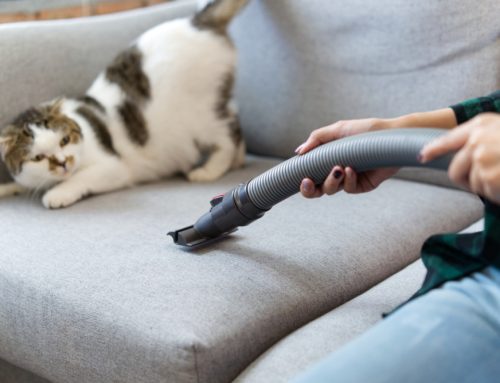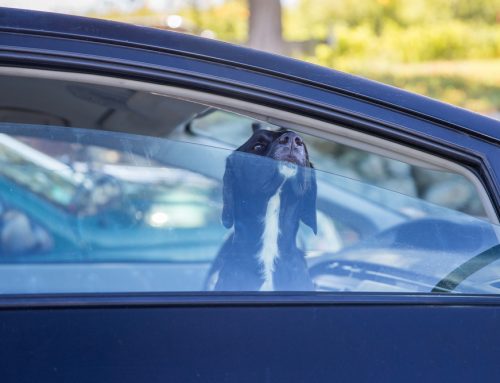 There’s nothing like summertime in Montana! After a grueling winter, people and their pets are all ready to stretch our legs and take in the sun. Before you hit the rivers, lakes, trails, or backyard with your pet this summer, take a moment to bone up on pet summer safety tips from your friends at Billings Animal Hospital.
There’s nothing like summertime in Montana! After a grueling winter, people and their pets are all ready to stretch our legs and take in the sun. Before you hit the rivers, lakes, trails, or backyard with your pet this summer, take a moment to bone up on pet summer safety tips from your friends at Billings Animal Hospital.
Pet Summer Safety Begins At Home
Summer wouldn’t be the same without plenty of time spent grilling, playing, and just hanging out in the backyard. It’s important to be aware that many potential pet toxins are lurking right under our noses, in and around our homes and yards.
Keep pets from nibbling on the following poisonous plants and plant material:
- Cocoa bean mulch
- Lilies
- Oleander
- Azaleas
- Onions/garlic
- Compost (can contain toxic molds)
- Rhubarb
- Tulip bulbs
Yard and garden chemicals are of particular concern this time of year. Keep all chemicals covered and out of reach of your four-legged friends. The items most commonly ingested by pets include:
- Fertilizers
- Herbicides
- Pesticides
- Slug and snail bait
- Rodenticides
- Grass seed
Bug sprays, sunscreens, and pool chemicals are also poisonous, and can cause issues if pets are exposed to them.
If you suspect your pet may have ingested something toxic, give us a call right away.
Fun In The Sun
Spending lots of time in the sun has many benefits, as well as many dangers. Even in Montana, animals are susceptible to the high UV index and even to low amounts of humidity.
Follow our tips for a pet-safe outdoor experience this summer:
- Make sure your pet has plenty of access to shade and fresh water while outdoors
- Limit walks and other outdoor exercise to morning and evening hours when the temperature is cooler. Make sure to bring water for your pet and a bowl to drink from when you do go out.
- Keep pets indoors during the hottest times of the day
- Never, ever leave pets in a parked car, even if the car is parked in the shade or the windows are cracked. Temperatures inside a vehicle can quickly climb to dangerous levels, even if it’s not hot out, and pets could suffer heatstroke or even death.
Know The Signs Of Heatstroke
One of the most important things you can do to protect your pet from heat related dangers is to learn the signs of heat exhaustion or stress before it leads to heatstroke or other serious conditions. If you notice any of the following symptoms in your pet, move him or her to a shady or air-conditioned location and contact us immediately:
- Excessive panting and/or drooling
- Lethargy
- White or discolored gums
- Lack of coordination
- Glazed eyes
- Difficulty breathing
- Vomiting, diarrhea
- Seizure
By planning for your pet’s comfort and safety, you can help to create an enjoyable and memorable summer for both you and your fur friend. Now get out there and have some fun!






